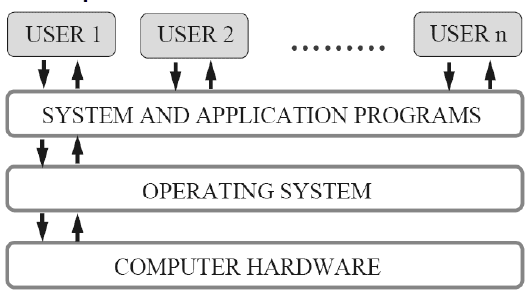Mass Spectrometry
Mass spectrometry (MS) is an analytical technique used to measure the mass-to-charge ratio of ions. It is widely employed in various scientific fields, including chemistry, biology, environmental science, and material science, for the identification and quantification of compounds. Here's an overview of mass spectrometry:
Basic
Principles
- Ionization:
The sample is ionized to produce charged particles. Common ionization
techniques include:
- Electron Ionization (EI): High-energy electrons are used to ionize the
molecules.
- Electrospray Ionization (ESI): A high-voltage electric field is used to create ions
from liquid samples.
- Matrix-Assisted Laser Desorption/Ionization (MALDI): A laser is used to ionize large molecules, such as
proteins.
- Mass Analyzer:
The ions are separated based on their mass-to-charge ratio (m/z). Types of
mass analyzers include:
- Quadrupole:
Uses oscillating electric fields to filter ions of different m/z ratios.
- Time-of-Flight (TOF): Measures the time it takes for ions to travel a
fixed distance, which depends on their m/z ratio.
- Orbitrap:
Uses an electric field to trap ions and measure their oscillation
frequencies, providing high-resolution mass spectra.
- Ion Trap:
Traps ions in a three-dimensional electric field and sequentially ejects
them based on their m/z ratio.
- Detector:
The separated ions are detected, and their abundance is measured.
Detectors include:
- Electron Multiplier: Amplifies the signal of incoming ions.
- Faraday Cup:
Measures the current produced by the ions.
Applications
- Chemical Analysis:
Identifying unknown compounds, determining the structure of molecules, and
quantifying the concentration of compounds.
- Proteomics:
Identifying and quantifying proteins in complex mixtures, studying protein
modifications, and understanding protein-protein interactions.
- Metabolomics:
Analyzing metabolites in biological samples to study metabolic pathways
and understand disease mechanisms.
- Environmental Analysis: Detecting pollutants and studying their impact on the
environment.
- Pharmaceuticals:
Characterizing drugs and their metabolites, and ensuring the quality and
purity of pharmaceutical products.
- Forensics:
Analyzing chemical evidence, such as drugs and explosives, in criminal
investigations.
Advantages
- High Sensitivity:
Can detect and quantify very low concentrations of analytes.
- High Specificity:
Provides detailed structural information about the analytes.
- Versatility:
Applicable to a wide range of samples, from small molecules to large
biomolecules.
- Quantitative and Qualitative Analysis: Can provide both the identity and the quantity of
compounds in a sample.
Limitations
- Complexity and Cost:
Requires sophisticated instrumentation and can be expensive to operate and
maintain.
- Sample Preparation:
May require extensive sample preparation, especially for complex mixtures.
- Data Interpretation:
Requires expertise to analyze and interpret the data accurately.
Recent
Advances
- Hybrid Mass Spectrometers: Combining different types of mass analyzers (e.g.,
Q-TOF, Orbitrap) to improve performance and versatility.
- Imaging Mass Spectrometry: Mapping the spatial distribution of compounds in
tissues or other samples.
- High-Resolution Mass Spectrometry (HRMS): Providing greater accuracy in mass measurement,
enabling more precise identification of compounds.
- Ion Mobility Spectrometry-Mass Spectrometry (IMS-MS): Separating ions based on their shape and charge in
addition to their m/z ratio, enhancing the analysis of complex mixtures.
Mass spectrometry continues to
evolve, offering enhanced capabilities for a wide range of scientific and
industrial applications, driving advances in research and technology.



Comments
Post a Comment